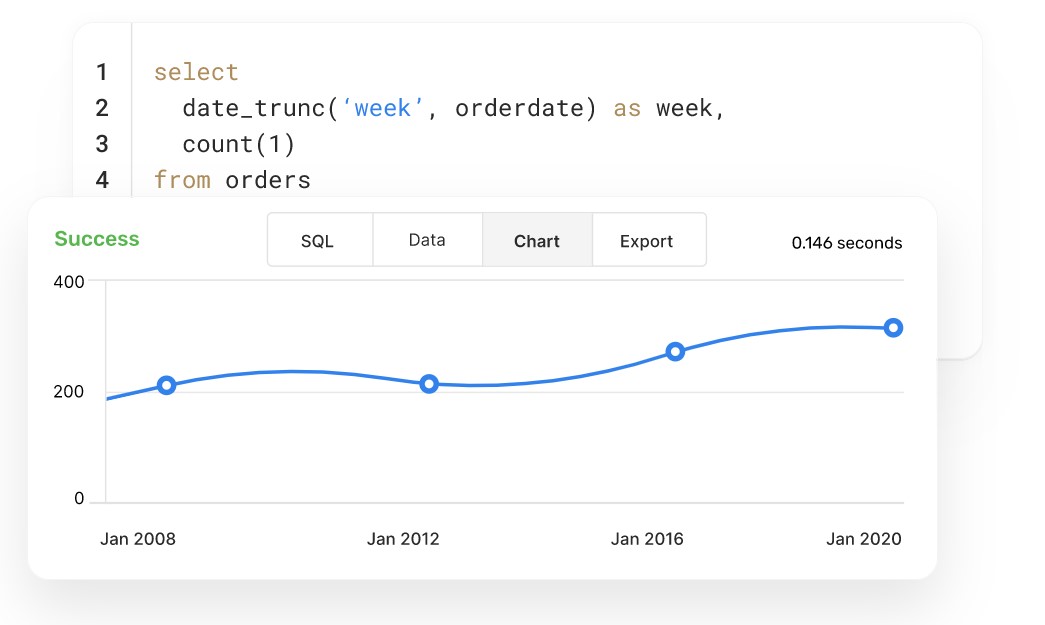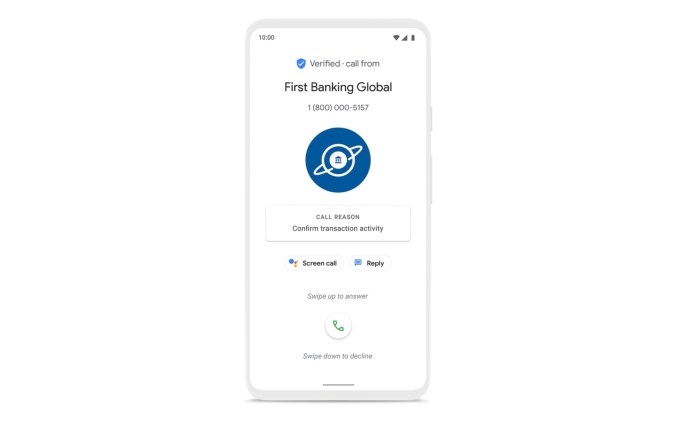It’s never easy, deciding which of the 20 companies that make it into the Disrupt Battlefield Competition will be anointed its winner. There’s just so much at stake each year and this year at Disrupt 2020 this September 14-18 the stakes are even higher.
For that one startup that makes it all the way through the gauntlet, winning means $100,000, along with some serious bragging rights, which is non-trivial. But it can also be life-changing, given the interest the winner receives from customers, from investors, and from the corporate development teams of the world’s biggest companies. (While some past winners have gone public, like Dropbox, others have quickly sold, like Mint and like Vurb.)
The winner each year also benefits from the kind of media exposure that’s virtually impossible for a young startup to enjoy elsewhere.
It’s because TechCrunch takes such pride in getting our winners right that the group of judges who make the ultimate call is so important, and we feel confident that we have the exact right team this year. You’ll have to stay tuned to watch them at work, but here’s what to know in advance about the six individuals who — in less than two weeks — will forever impact forever the future of one young founding team:
Sonali De Rycker joined Accel in 2008 and has helped lead its London office ever since. There, she focuses on consumer, software and fintech startups. and some of her most notable deals include Avito (acquired by Naspers); Spotify, which went public last year; and Letgo (acquired by Naspers). Before joining Accel, De Rycker — who grew up in Mumbai and graduated from Bryn Mawr College and Harvard Business School — was an investor with Atlas Venture (now Accomplice). She also previously served on the board of Match.com.
Caryn Marooney is a general partner at Coatue Management, and, as such, sits on the boards of Zendesk and Elastic, and holds an advisory role at Airtable. While newer to the world of investing — she joined Coatue late last year — Marooney knows startups as well as anyone in Silicon Valley, having previously cofounded the powerhouse public relations agency OutCast Agency, whose early customers included Amazon, Salesforce, Netflix, VMWare. Indeed, underscoring her ability to identify the most promising startups, she left her own company in 2011 for a client that seemed particularly promising to her — Facebook — where she spent the following eight years as its VP of communications and as a trusted advisor to CEO Mark Zuckerberg.
For the last two-and-a-half years, Ilya Fushman has been a general partner at Kleiner Perkins, which he joined after spending several years with Index Ventures and, before that, spending four years at Dropbox, where he was one of the company’s first 75 employees. Fushman — who was born in Russia and immigrated with his family to Israel, then Germany, then finally the U.S. — holds a PhD in Applied Physics and an M.S. in Electrical Engineering from Stanford University, and a B.S. in Physics from Caltech. Among the deals he has been involved with over the years are Slack, Intercom, and Optimizely,
Troy Carter is the founder and CEO of Atom Factory, a 10-year-old entertainment management company that famously worked early on with Grammy-Award winner Lady Gaga, among other celebrities. Carter began his career in Philadelphia working for Will Smith and James Lassiter’s Overbrook Entertainment. He more recently incorporated A \ IDEA, a product development and branding agency, as well as AF Square, an angel fund and technology consultancy. Some of his most recent bets include Good Money, an Austin, Texas-based digital banking platform, and Truebill, the New York-based app that enables users to optimize spending and manage subscriptions.
Michael Siebel is a partner at Y Combinator and the CEO of its startup accelerator. He joined YC full time in 2014 after first cofounding two YC-backed startups with serial entrepreneur Justin Kan: Justin.tv, the life-streaming service that birthed Twitch (which Amazon later acquired for $970 million in cash) and Socialcam, which was acquired by Autodesk for $60 million just 18 months after it was founded. Siebel is also credited with introducing Airbnb to YC soon after it was founded. Back in June, Siebel was appointed to the board of Reddit after the company’s cofounder, Alexis Ohanian, said he was giving up his role as a director and urged the company to fill his seat with a Black candidate.
Matthew Panzarino has been the editor-in-chief of TechCrunch since 2015 and a top editor with the organization since 2013. Before joining TC, he was News Editor and Managing Editor at The Next Web. He also previously founded a professional photography business and a news blog covering the Apple ecosystem. Panzarino — who has made a name for himself in the tech world through his coverage of Apple and Twitter, as well as his understanding of a broad range of fields, including robotics, computer vision, AI, fashion, VR, and AR — has served as a finals judge for each of the last five years.
We are so pleased — and thankful — that De Rycker, Marooney, Carter, Fushman, and Siebel can join us for this year’s Disrupt, which kicks off this coming Monday, September 14, and runs though Friday, Septebmer 18.
If you want to catch some of what are sure to be the fastest-rising stars in the vast startup ecosystem, you won’t want to miss your chance to nab a front row seat to the Startup Battlefield competition and much more with a Disrupt Digital Pro Pass or a Digital Startup Alley Exhibitor Package. Or you can just sign up to watch the Startup Battlefield competition and our Breakout Sessions with the Disrupt Digital Pass for just $45 for a limited time.










